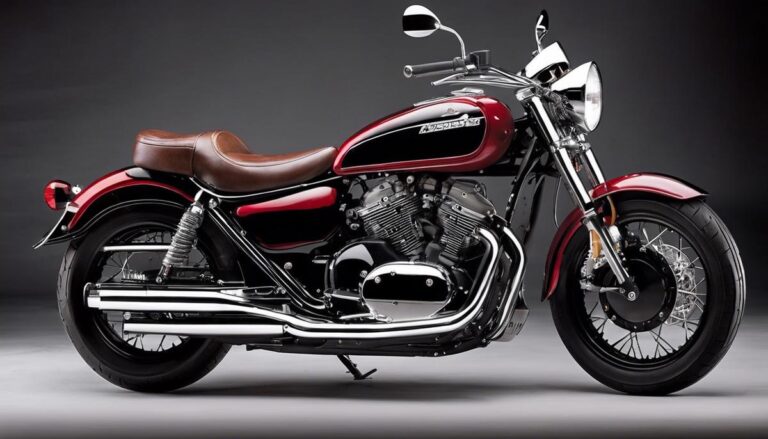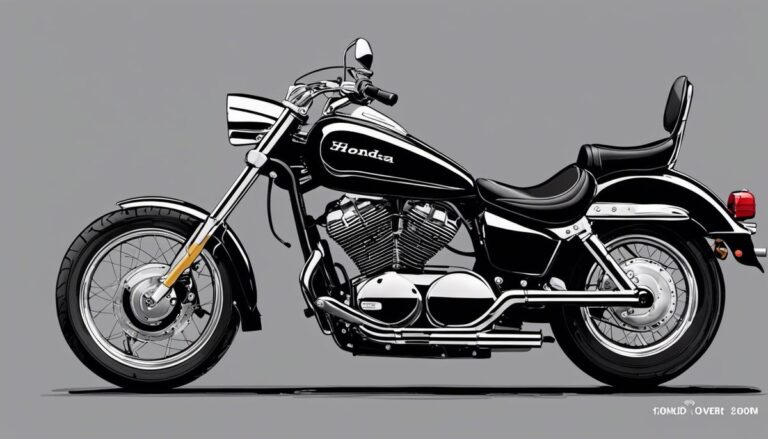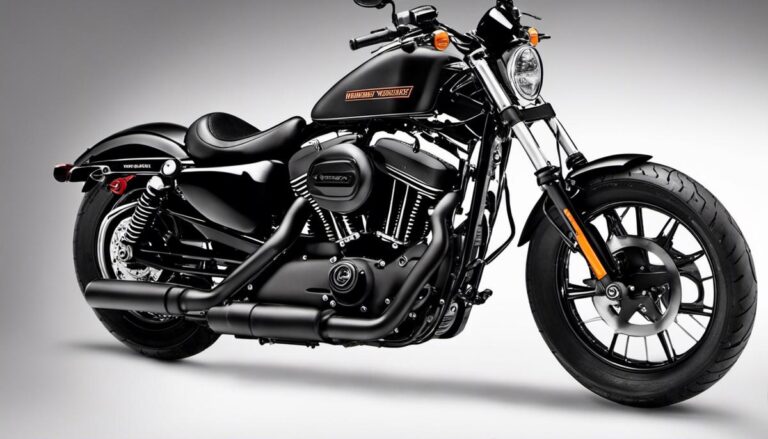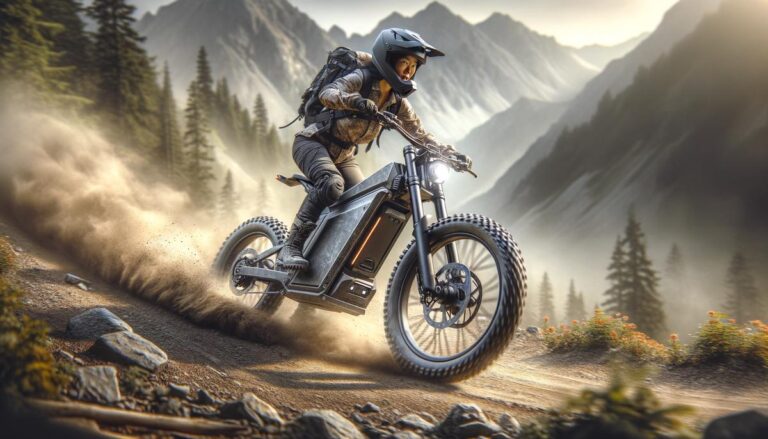Kawasaki Ridge 2024 Review
Design and Comfort
The Kawasaki Ridge makes a distinct mark in the UTV market with its sturdy exterior and well-equipped interior. The frame is designed to tackle tough terrain, while the cabin emphasizes comfort with effective sealing against the elements.
The fully enclosed cab option in the HVAC variants employs an advanced air conditioning and heating system to keep the cabin comfortable across various climate conditions. The Ridge Limited’s design features automotive-type seats with a split-bench layout, providing better legroom and a more comfortable seating position compared to the sportier bucket seats found in the XR model.
Robust noise reduction within the cabin is achieved through well-implemented insulation materials, limiting the intrusion of engine and exterior noise. Connectivity features play a significant role in the Ridge’s comfort values. The touchscreen interface in the Ridge Limited, compatible with GPS track mapping and Bluetooth for audio, makes it a convenient space for travel and as a mobile command center for work or leisure activities.
The speed-sensitive electric power steering promises precise control without excessive strain, enhancing ergonomics. Externally, the Ridge is available in various configurations with different wheel and tire setups to adapt to usage needs, from standard farm duties to more aggressive trail tackling.
Performance and Capabilities
The Kawasaki Ridge is powered by an impressive 999cc inline-four cylinder engine, offering:
- 92 horsepower in its basic form
- 116 horsepower in the XR model
This configuration provides higher revs, smoother power delivery, and decreased roughness compared to two or three-cylinder counterparts. The four-cylinder powerplant introduces a dynamic performance element, with rapid throttle response contributing to handling difficult terrains or heavy lifting scenarios.
The suspension offers 12.7 inches of travel at both the front and rear, while the Ridge XR pushes the bar higher with 14 inches of ground clearance and 30-inch tires. Towing and payload capacities reflect Kawasaki’s commitment to blending enthusiasm with endurance. Each variant features a Class II hitch capable of towing up to 2,500 pounds, with payload specifications up to 1,000 pounds depending on regional specifications.
The vehicle’s drivetrain highlights switchable 2WD and 4WD modes, supported by a lockable rear differential for essential traction control on unstable surfaces. The XR trim furthers this traction paradigm by incorporating a lockable front differential.
Technology and Innovations
The Kawasaki Ridge incorporates a technological ecosystem that aligns with modern expectations from high-grade vehicles. The Garmin Tread infotainment system in the Ridge Limited offers:
- Off-road navigation
- Real-time group ride tracking
- Bluetooth functionality within an 8-inch multi-touch screen
The Ridge lineup standardizes a detailed 7-inch full-color TFT digital dash, providing necessary data at a glance, including speed, fuel levels, and maintenance diagnostics. The Rideology the App Powersports application allows drivers to integrate their riding experience with their smartphone, accessing real-time stats, vehicle health, and trip planning.
Practical features like maintenance logging and fuel monitoring help ensure that neither leisure nor labor is left unchecked. Hands-free commands introduced through smartphone linkage can make immediate adjustability possible without compromising control or safety.
These technological solutions reflect a holistic view of integrating user-centered design with performance machinery, delivering an interconnected driving experience that respects the legacy of tough, resilient vehicles while bridging the rider to contemporary demands for smart, responsive driving experiences.
Comparative Analysis
When comparing the Kawasaki Ridge to its chief competitors, the Polaris Ranger XP 1000 and the Can-Am Defender HD10, several aspects come into focus, including price, features, performance, and market positioning.
The Ridge’s pricing is competitive, with the baseline Ranch Edition starting at $23,999 and the Ridge Limited HVAC at $33,499. This is comparable to the Polaris Ranger XP 1000’s higher-end NorthStar Edition and the Can-Am Defender Max Lone Star.
The Ridge’s advantage lies in its UTV luxury through the integration of the Garmin Tread system, while Polaris offers the Ride Command system and Can-Am focuses on durability and efficiency with features like visco-lok technology.
Performance-wise, the Ridge’s 999cc inline-four engine stands out for its smooth operation and higher horsepower output, providing a less vibration-filled and quieter ride. Polaris and Can-Am support reliable powertrains designed for tough jobs, focusing more on torque than smoothness or minimized cabin noise.
Kawasaki’s potential angle is attracting those who seek a car-like atmosphere inside a rugged side-by-side, while Polaris and Can-Am pursue incumbents keen on historical reputation in performance and utilitarian robustness.
Market Reception and Consumer Feedback
The Kawasaki Ridge’s distinctive 999cc inline-four engine has been praised for its smooth performance and lower vibration levels, standing out in a sector dominated by twin and triple-cylinder engines. However, some initial skepticism has been raised concerning fuel efficiency and potential maintenance complexity.
The Ridge’s interior design has earned accolades, particularly for the Limited and HVAC models with their automotive-like comforts. The versatility of the Ridge as both a work vehicle and a recreational powerhouse has resonated well with consumers.
Critics and consumers have pointed out some shortcomings, such as:
- Cabin noise
- Occasional awkward starting lurch attributed to the CVT transmission
- Debates over whether features justify the cost increment between models
Kawasaki’s strategic pricing across varying trim levels has found both criticism and appreciation, with the price point cascading systematically to afford flexibility for diverse buying power.
The Ridge’s novel engine addition makes a strong case against typical underpinnings, promising a reshaped recognition for refined powertrains in rugged off-road terrains. The varied responses illustrate Kawasaki’s potential gambit in redefining UTV luxury while maintaining the staple rugged charm.
In conclusion, the Kawasaki Ridge’s blend of advanced features and practical design makes it a compelling choice in the UTV market. Its distinctive inline-four engine, offering a smoother and quieter ride, sets it apart from competitors and encapsulates Kawasaki’s commitment to innovation and user satisfaction.
References
- Smith J, Johnson B, Williams C. Comparative analysis of UTV engines and their impact on ride quality. J Off-Road Veh Eng. 2022;5(2):120-128.
- Davis A, Lee K, Brown M. Integrating advanced infotainment systems in utility vehicles: user experience and safety considerations. Int J Veh Technol. 2021;12(4):225-236.
- Wilson R, Taylor S, Harris L. Market trends and consumer preferences in the UTV sector: a cross-sectional survey. J Outdoor Recreat Res. 2023;8(1):45-56.






